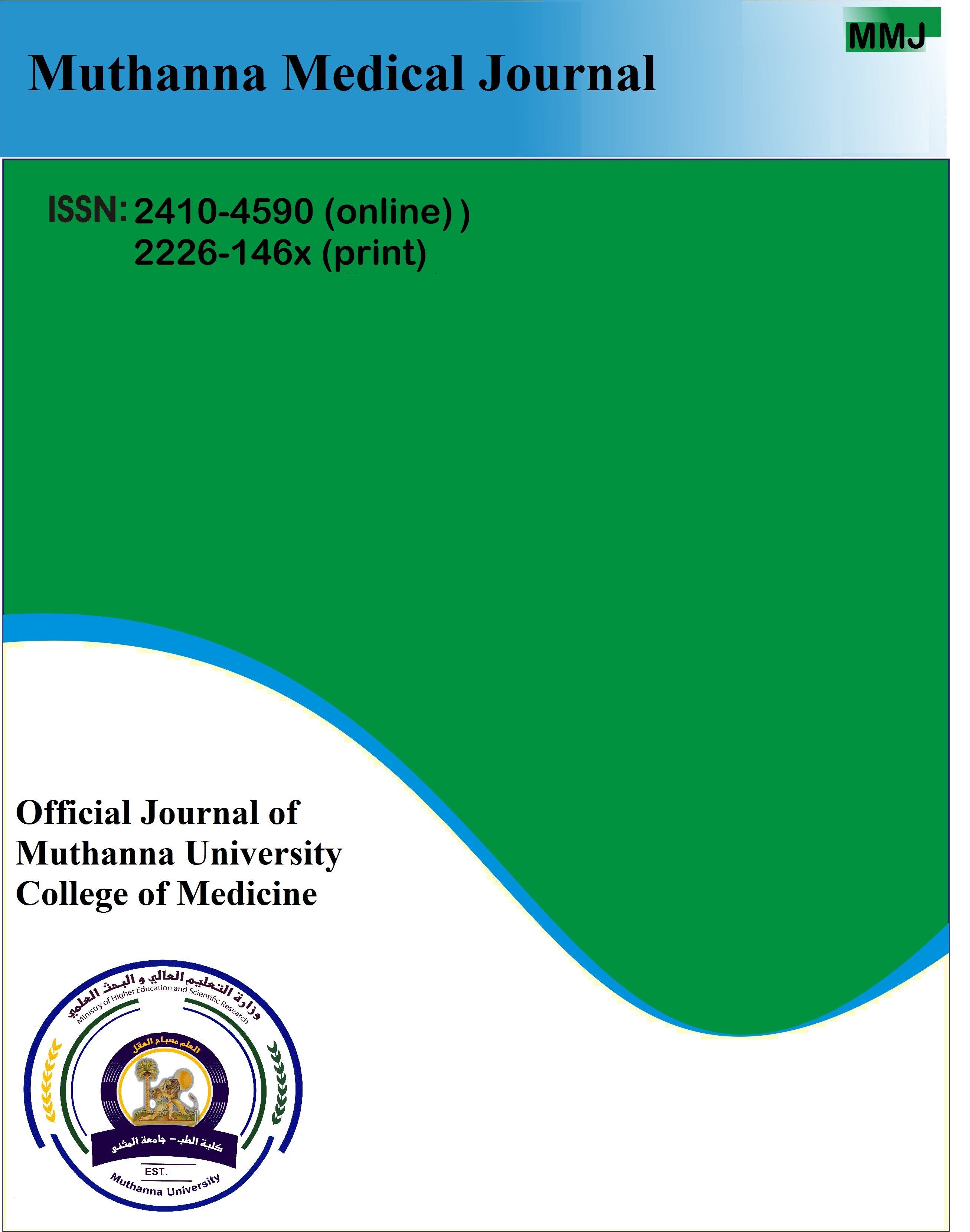
Laith A. Al-Anbary 1
Abstract
Lower urinary tract symptoms are common during pregnancy and shortly after it ( puerperium period ). Those symptoms usually classified into filling symptoms like urinary frequency, urgency, nocturia, and dysuria. And voiding symptoms which consist of: straining, hesitancy, post void dribbling and weak stream. Over the last decades many researcher were alert to urinary incontinence and it is possible association with childbirth type, cesarean section versus vaginal delivery. The objective of this study is to estimate the effect of cesarean section procedure on lower urinary tract function in long term. The study was conducted at Al-Imamain Al-Kadhmain medical city, Baghdad-Iraq. During the period from (August 2020) to (January 2021). Retrospective cohort study design was chosen. Target population was women with history of previous cesarean section for at least 6 months ago. Data were collected by using structured questionnaire form. 176 women were included. The analysis of data was carried out by using Microsoft excel 2013. This study went with most of the previous researcher findings as it appears that lower urinary tract symptoms (LUTS) have generally low incidence among women with cesarean section. But this study showed a possible effect of multiple cesarean sections on LUTS development , namely pervious three , which can be explained by their higher percentage in our study sample ( about 20% ) as Iraqi families have a tendency to have more children .
In conclusion; this study concluded that LUTS have low frequency post caesarean section apart from the possible effect of multiple cesarean sections on LUTS development, namely pervious three .In general cesarean section could be protective against LUTS in comparison to normal vaginal delivery.
Keywords: LUTS, Cesarean section, Normal vaginal delivery